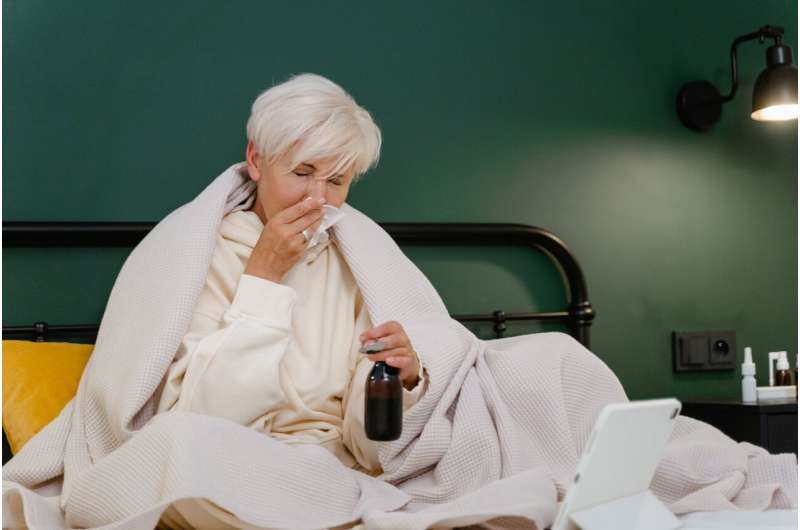Innovative Mouse Stem Cell Lines Enhance Understanding of Autism Genetics

Kobe University researchers have created a bank of mouse embryonic stem cell lines with key autism-related genetic mutations, paving the way for advanced insights into the disorder's genetic basis and potential treatments.
Researchers at Kobe University have developed a groundbreaking bank of 63 mouse embryonic stem cell lines that contain the most significant genetic mutations linked to autism spectrum disorder (ASD). This achievement was made possible by utilizing a novel, highly efficient genome editing method that combines traditional techniques for manipulating mouse embryonic stem cells with the precise CRISPR gene editing system. These developments enable scientists to better understand the genetic underpinnings of ASD by studying how specific mutations influence cellular behavior.
Genetic factors are well acknowledged in the development of autism, yet pinpointing exact causes remains a challenge. To address this, the Kobe team employed their advanced stem cell models to investigate the effects of these mutations across various cell types and tissues. Their research, published in the journal Cell Genomics, demonstrated that the cell lines could be differentiated into a broad spectrum of tissues and used to generate adult mice with corresponding genetic variations. This approach allows for large-scale data analysis to identify genes that are abnormally active, particularly noting that many autism-related mutations impair neurons' ability to eliminate misshapen proteins. Such disruptions in protein quality control within neurons could be a key factor in the disorder.
The study highlights that despite differences between mice and humans, the similarity of many disease-related genes makes these models valuable. The accessibility of these cell lines, flexible integration with other research techniques, and potential for drug target discovery promise to significantly advance ASD research. Moreover, because some of these genetic variants are implicated in other neuropsychiatric conditions like schizophrenia and bipolar disorder, this resource could have broader applications. The research team hopes their innovative tools will facilitate deeper insights into autism and aid in the development of targeted treatments.
Source: https://medicalxpress.com/news/2025-06-mouse-stem-cell-lines-window.html
Stay Updated with Mia's Feed
Get the latest health & wellness insights delivered straight to your inbox.
Related Articles
Essential Tips for Staying Safe During Heat Waves and Recognizing Heat Stroke Signs
Learn essential tips to stay safe during heat waves, recognize early signs of heat exhaustion and heat stroke, and protect vulnerable populations from extreme heat risks this summer.
Understanding How Genes and Environment Shape Disease Risk: A New Perspective
Emerging research reveals the intricate interplay between genetics and environment in determining disease risk. New tools are helping scientists quantify how these factors combine, paving the way for personalized medicine and targeted treatments.



